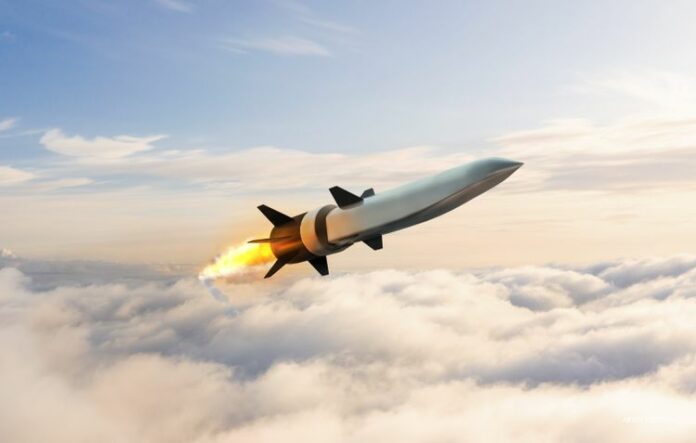
Have you heard about the HAWC – pronounced HAWK – which stands for Hypersonic Air-breathing Weapon Concept? This scramjet powered air-launched hypersonic cruise missile project which had a first successful hypersonic flight in September 2021.
This kinetic energy weapon, without an explosive warhead relies on high speed to operate. As explained by aerospace and defense company Raytheon Technologies Corporation, after being boosted, air and hydrocarbon fuel are burned to produce thrust for sustained flight into the upper reaches of the atmosphere.
The project is commissioned by U.S. Defense Advanced Research Projects Agency (DARPA) and Raytheon Missiles & Defense, a Raytheon Technologies business, has been working on the development of HAWK since 2019, in collaboration with Northrop Grumman, a technology company, focused on global security and human discovery.
The reason why we talk about the HAWC today is because both companies recently completed their second flight test and the HAWC is fully powered by a fully 3D printed scramjet engine. All of the scramjet is 3D-printed using advanced materials. While the exact AM process that is utilized here is not revealed, we do know that the operators probably have to weld additive manufactured parts.
“The second flight test is a big step toward scramjet technology being mission ready,” said Dan Olson, vice president and general manager, weapon Systems, Northrop Grumman. “Nearly twenty years of scramjet propulsion research and development have come to fruition to significantly advance our nation’s weapon capabilities.”
During the flight test, after releasing HAWC from an aircraft and accelerating to hypersonic speeds using the scramjet engine, the vehicle flew a trajectory that engineers designed to intentionally stress the weapon concept to explore its limits and further validate digital performance models. These models, grounded in real-world flight data, are being used to accurately predict and increase performance as the system matures, a press release reads.
Scramjet engines use high vehicle speed to forcibly compress incoming air before combustion to enable sustained flight at hypersonic speeds – Mach 5 or greater. The system was designed to use a widely available hydrocarbon fuel, and since it uses air for combustion, it does not have to carry the added weight of an onboard oxidizer. These key attributes allow for a safe, efficient, and tactically sized, long-range hypersonic weapon. By traveling at these speeds, hypersonic weapons like HAWC can reach their targets more quickly than traditional missiles, allowing them to potentially evade defense systems, the partners said.
Remember, you can post job opportunities in the AM Industry on 3D ADEPT Media free of charge or look for a job via our job board. Make sure to follow us on our social networks and subscribe to our weekly newsletter : Facebook, Twitter, LinkedIn & Instagram ! If you want to be featured in the next issue of our digital magazine or if you hear a story that needs to be heard, make sure to send it to contact@3dadept.com





